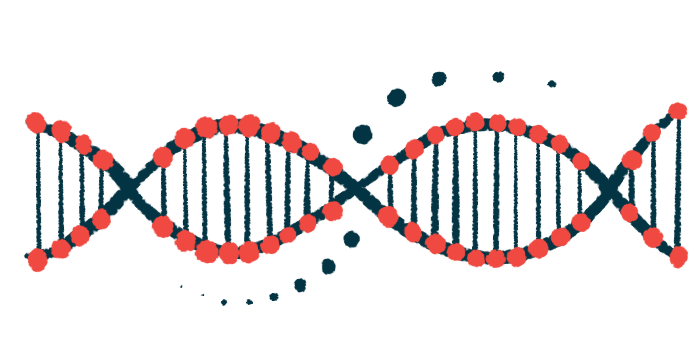Digital PCR for SMA diagnosis faster, less costly than set methods
Researchers developed a system to simultaneously assess SMN1, SMN2 copies

Digital PCR, which simultaneously detects SMN1 gene defects and the number of SMN2 copies to diagnose spinal muscular atrophy (SMA) in newborn screening programs, matches the accuracy of standard methods, but is faster and less costly, a study reports.
The new technique was also able to detect one copy of SMN1 in healthy newborns, which standard methods cannot do, supporting a diagnosis of SMA in infants who carry one defective SMN1 copy plus other disease-causing mutations.
“Digital PCR offers a practical and efficient alternative for SMA screening in [newborn screening], enabling simultaneous analysis of SMN1 and SMN2 copy numbers, while also improving the diagnostic speed and accuracy,” the study’s researchers wrote. The study, “Newborn screening for spinal muscular atrophy: The potential of digital polymerase chain reaction technique,” was published in Molecular Genetics and Metabolism.
Most types of SMA are caused by defects in the SMN1 gene, which disrupts the production of SMN, a protein that’s essential to motor neurons, the nerve cells that control muscle movement. A lack of SMN impairs motor neuron function, leading to progressive muscle weakness and wasting. In nearly all cases, parts of the SMN1 gene that code for SMN —exon 7 and often exon 8 — are missing.
Cells also have a second, almost identical SMN2 gene that can partially compensate for the loss of SMN1. The number of SMN2 copies, which varies, generally dictates the disease’s severity and progression.
Because early treatment improves motor function and extends survival, many countries have launched newborn screening (NBS) programs to detect SMN1 defects immediately at birth or before symptoms emerge. As part of it, blood is collected from a small heel prick, dried as a spot on filter paper, then DNA is extracted and screened.
Two standard genetic screening methods to detect SMN1 and SMN2 copy numbers are quantitative PCR (qPCR), to quantify specific DNA sequences, and multiplex ligation probe amplification (MLPA), which identifies missing or additional DNA pieces.
A faster SMA diagnosis with digital PCR
In Japan, current NBS programs use qPCR on dried blood spot samples to detect the missing exon 7 in both copies of the SMN1 gene, one inherited from each parent. Then MLPA determines the copy numbers of exons 7 and 8 in both SMN1 and SMN2 to provide a definitive diagnosis. This method is time-intensive, however, and can’t detect SMA in patients with one copy of SMN1, such as those with an SMN1 exon 7 deletion and other disease-causing mutations.
“To address these limitations, there is a pressing need for methods that enhance the diagnostic accuracy and shorten the time to definitive diagnosis,” wrote researchers at Kumamoto University in Japan who developed a digital PCR system for the simultaneous assessment of SMN1 and SMN2 copy numbers with the goal of reducing diagnostic time and improving accuracy.
Dried blood spot samples were collected from six SMA patients and 386 healthy newborns using the heel-prick procedure, four to six days after birth. As a comparison to digital PCR, SMN1 and SMN2 copy numbers were predetermined using MLPA.
Using digital PCR, 1.3% of healthy newborns had one SMN1 copy, 91.2% had two copies, 6.7% had three, and 0.8% had four. Regarding SMN2, 6.9% of healthy newborns had no copies, 32.6% had one copy, 59.8% had two, 1.8% had three, and none had four.
“The digital PCR technique can accurately identify newborns with a single copy of SMN 1 exon 7,” the researchers wrote.
As expected, with either digital PCR or MLPA, none of the six patients had SMN1, while three had two SMN2 copies and three had three copies.
When digital PCR was compared with MLPA, the SMN1 and SMN2 copy numbers were consistent across all six patients. Because there was no amplification of SMN1 in any samples, the sensitivity of the test, the ability to correctly identify people with SMA, and its specificity, the ability to correctly identify people without SMA, were 100%.
The reagents used in digital PCR are less costly than those used in qPCR, “making digital PCR a viable option for broad implementation in [newborn screening] programs in the future,” the researchers wrote. “This study demonstrated the effectiveness of using digital PCR for [newborn screening] of SMA with [dried blood spot samples].”








